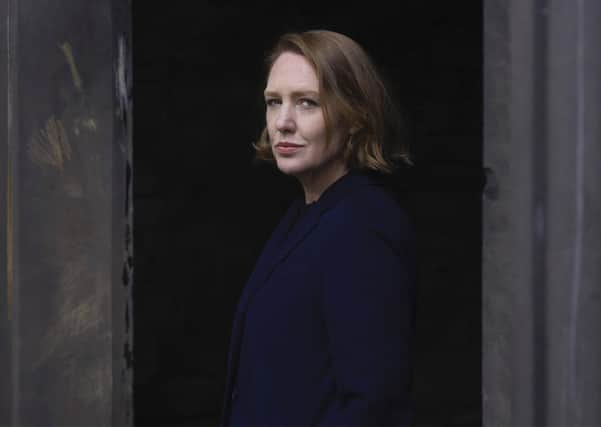Bestselling author Paula Hawkins on why she’s happy to live a quiet life


How does an author follow their debut hit? It’s a question Paula Hawkins, whose bestselling novel The Girl On The Train, prefers not to ask herself.
That debut has proved a tough act to follow. It shot to the top of the UK charts within two weeks of being published in 2015, as well as topping the US charts – unheard of for an unknown British author. It’s now published in more than 40 languages and almost 20 million copies have been sold worldwide.
Advertisement
Hide AdAdvertisement
Hide AdHer second thriller, Into The Water, received mixed reviews – and she admits she’s nervous about the reaction to her third and latest book, A Slow Fire Burning.


It is set on the Regent’s Canal in north London, and begins when a man is found stabbed to death on his houseboat. The suspects are a local community of misfits, including a busybody neighbour, a troubled one-night-stand, and exes with a backdrop of tragedy and a reason to kill.
The novel features a character who is childless but has had a good life without children, as Hawkins has done. “I chose not to have children. We do largely accept that a woman can have a happy life without marriage and kids now, but I think there is still a level of surprise that women choose that.
“There’s an idea that it’s quite a sad life for a woman to not have a family, but I read a survey somewhere where it was claimed that actually the people who report the greater satisfaction with their lives are childless, unmarried women.
Advertisement
Hide AdAdvertisement
Hide Ad“Obviously there are some people who can’t have children and it’s a great source of sadness for them. I wrote about that in The Girl On The Train.”
And she has never felt the need to get married. “I’m not religious, and if you don’t intend to have children, then I don’t think marriage is quite as important. You can have great relationships and partnerships with people without the marriage aspect.”
She has a long-term partner though, who is a lawyer, and spent most of lockdown at their bolthole in Edinburgh.
The Oxford-educated author and former financial journalist – she was born and raised in Rhodesia (now Zimbabwe) but moved to England at 17 – started her literary career as a romantic fiction writer under the pen name of Amy Silver, but when the fourth book bombed she had to think again.
Advertisement
Hide AdAdvertisement
Hide AdShe borrowed money from her father to make ends meet while working on The Girl On The Train. “ It felt like the last roll of the dice at the time. I needed to make something work.”
She was able to pay him back sooner than expected. “To suddenly not have to worry about money any more is an extraordinary release. I did have a safety net – I had middle-class parents who could bail me out – but it’s horrible to feel you’ve got yourself into trouble the way I did and to worry about bills coming in. To suddenly have all of that gone, almost overnight, was an extraordinary release.”
When the film adaptation, starring Emily Blunt, was released, Hawkins admits she enjoyed the red carpet events less. “Being in that sort of public eye isn’t comfortable for me, so I shied away from most of it. I didn’t walk the red carpet at the premiere.”
The last few years have been much quieter and she hopes that ‘in-person’ events will enable her to meet fans in the autumn.
Advertisement
Hide AdAdvertisement
Hide AdIn the meantime, she’s already thinking about her next book. “They seem to take longer each time.” Hawkins wrote The Girl On The Train in a year, Into The Water in two, and her latest took slightly longer. “For some reason it’s getting more difficult, not easier.”
A Slow Fire Burning by Paula Hawkins is published by Doubleday, priced £20.
Comment Guidelines
National World encourages reader discussion on our stories. User feedback, insights and back-and-forth exchanges add a rich layer of context to reporting. Please review our Community Guidelines before commenting.